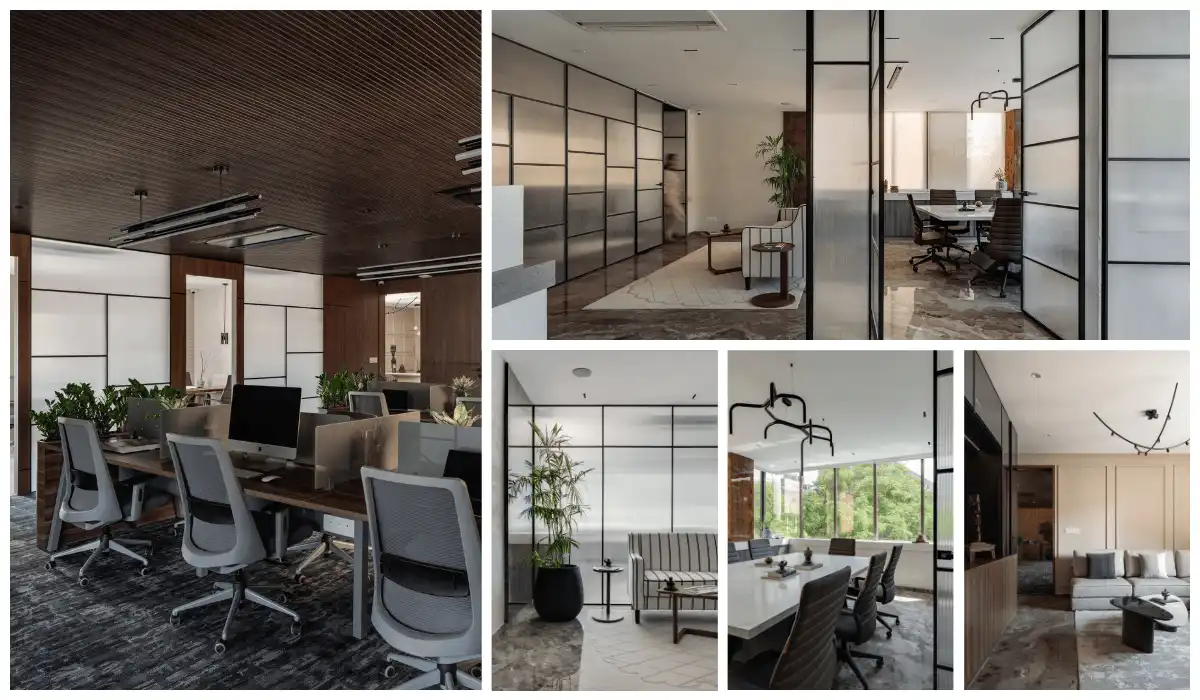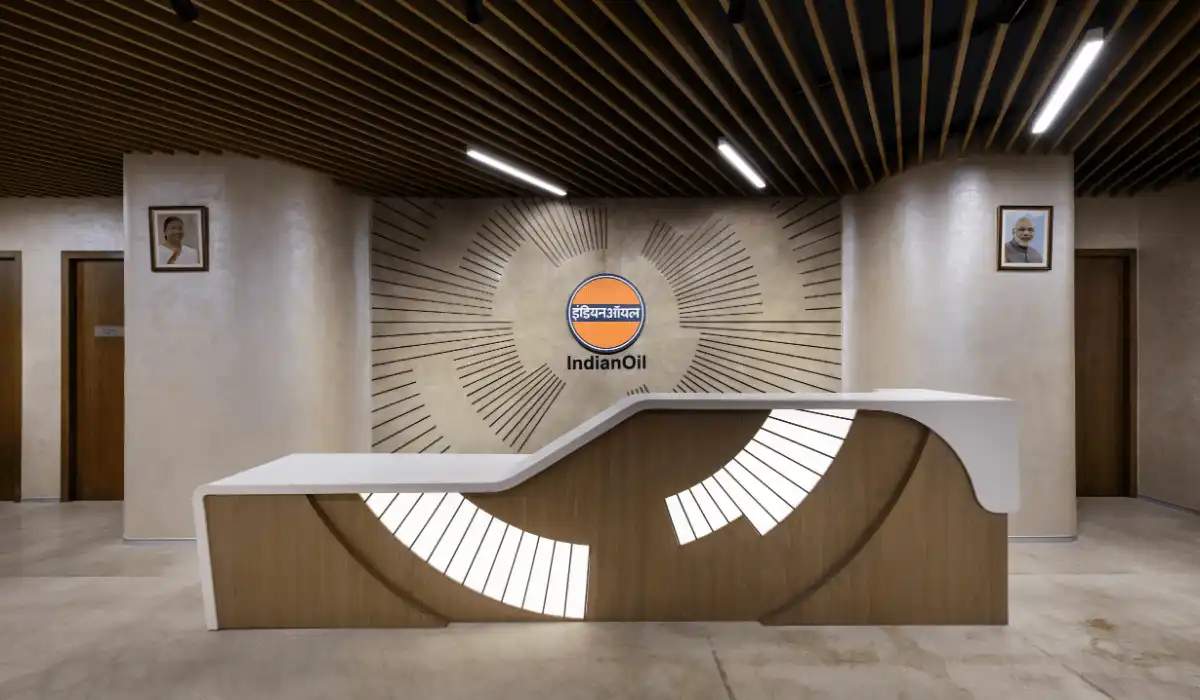MVRDV’s cutting-edge Future Towers provides over 1,000 budgeted accommodation units in Pune. Future Towers, a part of Amanora Park Town, is MVRDV’s first project in India located in Pune. Housing around 5000 people in 1068 apartments belonging to diverse sections of the population, the entire development spells vibrancy. A by-product of remarkable Dutch architecture, the hexagonal design evokes the intrinsic geometries found in nature. Brilliant ergonomics, functionality and comfort combine to build a development futuristic in every sense. This drifts from the generic stamped high-rise blocks. Scoops and courtyards have been created to house lifestyle amenities.
With our design, we are making an effort to offer more variety and bring people from more different backgrounds together. Thanks to the client’s willingness to try something new, the efficiency needed for mass housing has been achieved without cutting back on residents’ comfort.
Barring the usual cluster of free-standing buildings, MVRDV’s response to the brief was a singular mountainous structure with peaks and valleys. Despite its expressive appearance, the design of Future Towers in fact stems from a series of methodical decisions. This is based on MVRDV’s research into Indian housing.
The firm led by Winy Maas, Jacob van Rijs and Nathalie de Vries took a critical deviation from the norm to make the entire development more vibrant with a mixture of different units. This way, the building ensures that users from the full spectrum of India’s exploding middle class mingle. This included young, mobile professionals who are new to the city, older, established residents, and families both large and small, all at a range of income levels. There is a diverse mix of apartments range from 45 sq. m. to 450 sq. m. The building’s mountainous shape enable this. The shifting floor plans are thus a result that this generates.

“In Asia cities are growing so fast, and uniform repetitive residential towers are the norm”, says Jacob van Rijs, principal and co-founder of MVRDV. “With our design, we are making an effort to offer more variety and bring people from more different backgrounds together. Thanks to the client’s willingness to try something new, the efficiency needed for mass housing has been achieved without cutting back on residents’ comfort.”
Owing to low construction costs in India and elevators being comparatively expensive, the economics usually applied to residential design have been inverted. This resulted in a reduced number of lift cores combined with corridors. This was economically desirable than having many towers, each with its own core and fewer corridors. As a result of this calculation, 9 housing wings ranging from 17 to 30 storeys arranged around just 4 circulation cores were planned.
The slabs form a hexagonal grid. This allows for wide views from the apartments and leaves large open public courtyards at ground level. The ‘peaks’ allow for optimized daylight conditions. The resulting inclined roofs allow for a number of exterior terraces, both private and communal. Recessed balconies on the main facades of the residential slabs themselves hint at the diversity of the homes behind. With a mixture of normal size, double-height, double-width and even some L-shaped balconies there is diversity in design.
The strong graphical appearance created by the balconies is consequently accentuated by large, brightly coloured openings known as “scoops”. These puncture the building’s façade to connect with the central corridor. They thus provide public meeting spaces and cross ventilation in all communal spaces in the process. These spaces—which originated in the need to provide refuge spaces to meet the fire code requirements for long corridors—help to give a sense of “neighbourhood identity” to different parts of the building. Each designated scoop is for a different activity (such as yoga or mini golf) or for a different type of resident (such as teens or toddlers).


Four-storey-high triangular gates link the courtyards below. This thus creates a 500-metre-long walk with some designated for play, sport, garden spaces and more. With so many apartments in one project, luxury features such as a 50-metre lap pool only add a fraction to the overall cost.
While much of MVRDV’s approach focused on rethinking Indian housing, the design also recognises which features should carry over from typical housing developments. A simple yet effective natural ventilation system, which both cools the apartments and can help extract air from kitchens, helps to make personal air conditioning units optional for residents. The floor plans also incorporate the principles of Vastu Shastra. New developments in India incorporate this traditional system of architecture (often described as India’s answer to Feng Shui).

The completed building is just the first phase of the larger Future Towers project at Amanora Park Town. The project comprises 3 phases and around 3500 dwellings in total. MVRDV is currently working on the second phase of the project.
Though “context-sensitive”, “diverse”, and “community-focused” may not be the first terms that come to mind when imagining a building that houses over 5,000 people, MVRDV’s Future Towers is an attempt to upend those perceptions. It is a building that understands the demands of Indian housing and the expectations of Indian culture. It uses the context of a brand-new township to reimagine how they can be combined in a way that is better for both residents and cities at large. Breaking from the shackles of what Indian vertical developments look like, MVRDV’s divergent thinking has thus evoked fresh perspectives with Amanora Future Towers.
MVRDV
Visit: www.mvrdv.nl
E-mail: bd@mvrdv.com
Biltrax Construction Data is tracking 11000+ projects on its technology platform for its Clients. Email contact@biltrax.com to subscribe and generate business leads.
Discover more from Biltrax Media, A Biltrax Group venture
Subscribe to get the latest posts sent to your email.


























